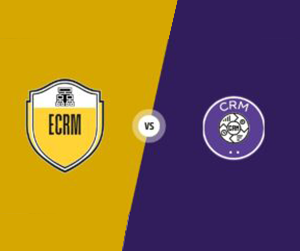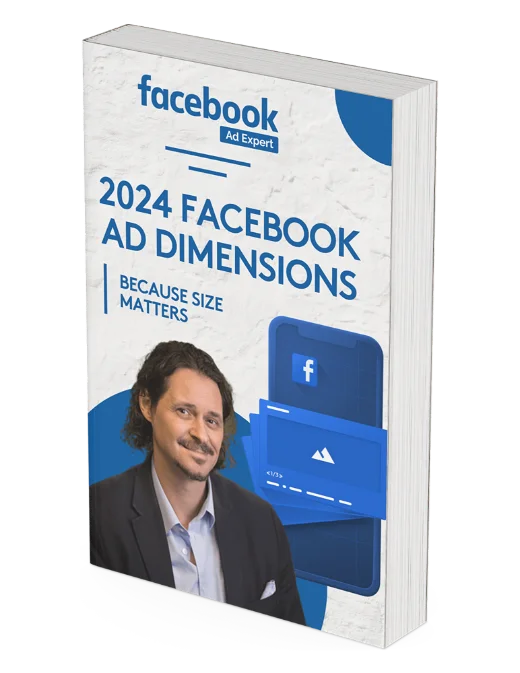Are free and paid social media very different, or can they work together? Our guide will help you find out.
When companies use social media for marketing, it’s getting tougher to stand out. But should you only use paid social media, or can you use both for better results?
We’ll show you how to use both types for your marketing.
What is organic social media?
At first glance, organic social media seems just like paid social media. It shows up in your news feed as regular posts, but here’s the key difference: you don’t spend money to make it more visible. Nevertheless, the reach of organic posts is limited, and it keeps getting smaller.
What is paid social media?
Paid social works like PPC advertising; you pay to boost your social content. Platforms like Facebook Ads allow you to customise your paid campaigns for specific demographics, a feature not available in organic social. Additionally, their goals differ: organic content aims for engagement and free promotion, whereas paid content is mainly for generating leads, sales, and building brand awareness.
What are the advantages & disadvantages of each?
Both organic and paid social media have their advantages and disadvantages, so it’s important to consider them carefully before choosing the right approach for your business.
Organic social media has some advantages:
- Free: It doesn’t cost money.
- Great for Large Followings: Ideal if you already have a substantial following and a limited budget.
- Not Salesy: Organic posts should focus on engagement and interaction, not sales pitches.
- Community Building: It helps in creating a community, and the posts are usually more engaging compared to paid advertisements.
- Wider Audience with Hashtags: Hashtags can attract a broader audience beyond your current followers.
Organic social media also has its downsides:
- Limited Reach Control: You have minimal control over your reach unless you grow your audience or pay to boost content, which can be costly.
- Hashtag Effectiveness: Hashtags, while they can reach beyond your followers, are not as widely used on all platforms. A study by Buzzsumo involving a billion posts found that content without hashtags often performs better than those with them.
- Effectiveness Not Guaranteed: It’s not guaranteed to be effective, and it may take a considerable amount of time to see results.
Paid social media offers several advantages:
- Amplified Reach: It can expand your reach and target your preferred audience more effectively.
- Budget Flexibility: You can adjust it to fit any budget you have available.
- Audience Targeting: Paid social allows precise audience targeting, which can boost metrics like click-through rate (CTR), cost-per-lead (CPL), and return on ad spend (ROAS).
- Complementary Marketing: It can work in conjunction with your search marketing efforts, whether they’re organic or paid. It can even serve as a better alternative if those channels are not performing well.
- Ad Variety: There’s a lot of flexibility in the types of ads you can use.
However, paid social media comes with its own challenges:
- Cost-Benefit Balance: If your campaigns don’t perform well, the costs can outweigh the benefits.
- Short-Term Focus: It might not be an effective long-term strategy for your business, as success often depends on ongoing investment.
- Regular Monitoring: It requires consistent monitoring, which can consume resources that your business may not have to spare.
- Quality of Traffic: Paid social traffic isn’t always high-quality, which can lead to high bounce rates and similar issues if your paid content doesn’t align with your landing page.
- Content Dilution: Overusing paid posts can dilute the effectiveness of your content and the reach of your brand, whether it’s paid or organic.
- High Competition: The paid social landscape is highly competitive, making it challenging to stand out.
Making them work together
I’ve talked about organic and paid social media separately, but what if they could work together as one strategy?
Organic and paid social media can complement each other in several ways. In fact, one channel often doesn’t work nearly as well without the other. A great example of a company successfully blending organic and paid efforts is Headspace.
Headspace is a mindfulness and meditation service that promotes itself through its app and online content.
On social media, Headspace shares helpful tips and advice in a way that works well within the confines of platforms like Facebook. However, its paid social content aligns with its organic strategy, featuring clear and non-intrusive calls to action. These are compelling enough to make you click but not so pushy that you feel forced to do so, much like the gentle art of meditation.
Organic social media creates a foundation, and paid promotion helps broaden your reach and attract more active users to your site. But without the community aspect that organic offers, paid social can’t fully thrive.
People are more willing to pay for something when they find value in it, and organic engagement often delivers better value than a direct sales pitch.
The key is to enhance the user experience by adding value, rather than bombarding them with constant sales messages.
Organic & paid social tools
Several tools are available to aid your organic and paid social media efforts. Platforms and services like Hootsuite and Buffer can automate and schedule content, saving you time and effort. To make paid social media effective, understanding your audience is crucial. Tools like Google Analytics on your website can help you gain insights into your target audience, making both organic and paid efforts more successful.
While organic and paid social media serve different purposes, they are interdependent. They work best when used together in your business strategy.
For those planning to use Facebook’s advertising platform but lack the resources for meticulous management, consider trying Facebook Ad Expert. The platform to provide valuable suggestions for your campaigns, improving sales and simplifying Facebook management.






